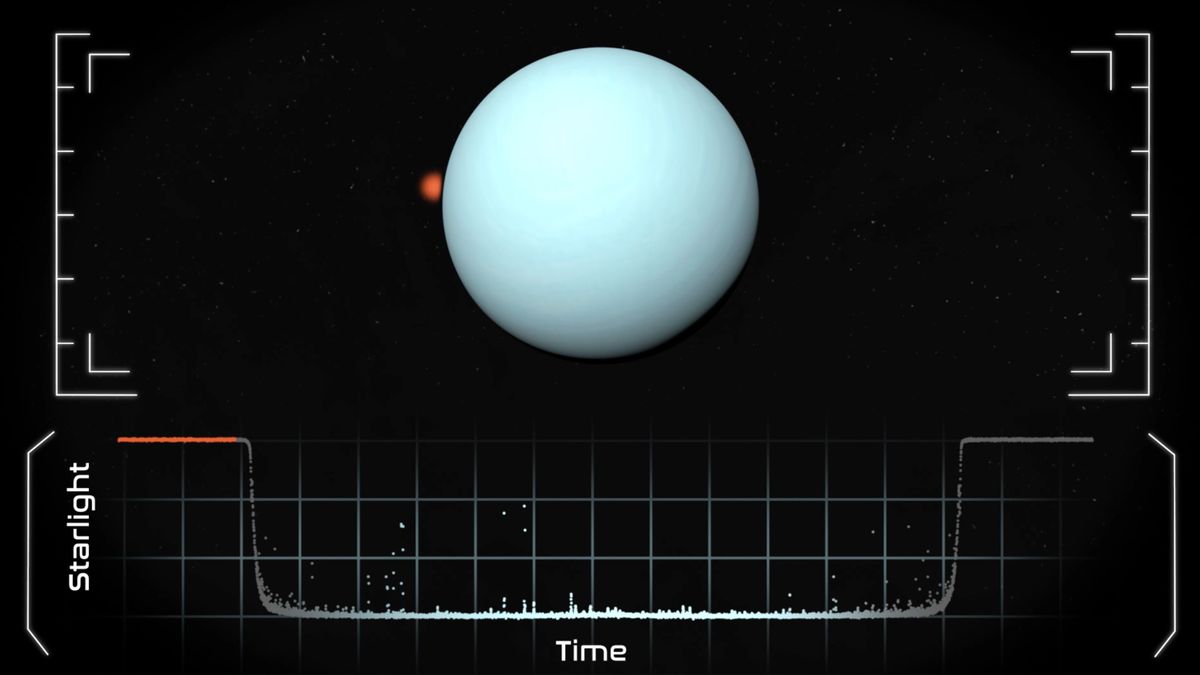When Jorge Mario Bergoglio was elected to lead the Catholic church in 2013, he chose the papal name Francis, after the 13th-century figure St. Francis of Assisi, known as the patron saint of ecologists and champion of the poor.
It was a befitting choice. Pope Francis was the fiercest climate and environment advocate in the church’s history.
The pope spoke often about the importance of environmental stewardship in a way none of his predecessors had, connecting climate change to social inequities, going so far as to blame industry, world leaders and “irresponsible” Western lifestyles for the worsening crisis.
In his landmark 2015 encyclical “Laudato Si’” on the “care for our common home,” Pope Francis was able to dissolve some of the long-standing tensions between the Catholic church and ecological science, eliminating room for climate denial in the church and bringing the Vatican into the world of international climate action.
In the encyclical, a kind of letter addressing the world’s more than 1 billion Catholics, the pontiff argued that Catholic values were aligned with climate change action. He drew points from the Bible, including the first book of Genesis, which outlines the creation of the Earth and how humans are tasked with keeping it safe and clean.
He argued that God gave humans the Earth to cultivate and protect, not to conquer and destroy, underscoring how the planet had suffered from human activities since it began rapidly burning fossil fuels to industrialize. “Never have we hurt and mistreated our common home as we have in the last 200 years,” he wrote.
The pope touched on a series of woes wreaking havoc on the planet: polluted air, water poverty, toxic waste, industrial pollution, rising sea levels and extreme weather.
A nun reads Pope Francis' new encyclical titled 'Laudato si' at the Vatican June 18, 2015. - Max Rossi/Reuters
“The Earth, our home, is beginning to look more and more like an immense pile of filth,” he wrote, using frank language. “In many parts of the planet, the elderly lament that once beautiful landscapes are now covered with rubbish.”
The timing was crucial and intentional. Pope Francis pushed the Vatican to publish the encyclical early, so that it would play into the UN COP21 climate summit in Paris later that year. The pope was seen as highly influential in the landmark agreement eventually reached.
Although popes in the past had addressed issues like environmental destruction, Alberto Pallecchi, head of faith and sustainability at the non-profit World Resources Institute, told CNN that Pope Francis’ attention to climate change and the environment was “unprecedented for a pontiff,” with “its significance and reach unparalleled to any faith leader.”
“He has consistently put his moral authority on the line, pushing governments, the private sector, and rallying the global environmental faith-based movement,” Pallecchi said, in an interview conducted before Francis’ death.
He put “climate change firmly on the Catholic Church agenda,” he added.
In 2022, Vatican City, which is also a country, became party to the UN’s international climate framework, which presides over annual climate summits. And in the lead up to the COP28 climate talks in Dubai in 2023, the pope published an Apostolic exhortation, calling for binding action on climate.
The 12-page document was the pope’s strongest statement following the encyclical. In it, he blasted the greed and selfishness of the wealthy who consume the most, while emphasizing that the poor were the first victims of the climate crisis.
“The reality is that a low, richer percentage of the planet contaminates more than the poorest 50% of the total world population, and that per capita emissions for the richer countries are much greater than those of the poorest ones,” he wrote.
Other initiatives the pope pursued included publishing the Vatican’s first pledge to slash carbon emissions, and a plan to green the Vatican’s car fleet.
Many observers say the pope’s ability to link poverty and the climate crisis over the course of his papacy reflected the time he spent in the slums of Buenos Aires, Argentina, where he was surrounded by hardship.
In 2018, the pope made his first visit to the Amazon in Peru, where he called on industry to end its destruction of the vast biome, saying that indigenous people there had “never been so threatened in their territories.”
“We have to break with the historical paradigm that views Amazonia as an inexhaustible source of supplies for other countries without concern for its inhabitants,” he said.
Pope Francis delivers a speech during a meeting with representatives of indigenous communities of the Amazon basin from Peru, Brazil and Bolivia, in the Peruvian city of Puerto Maldonado, on January 19, 2018. - Vincenzo Pinto/AFP/Getty Images
Despite the pope’s climate credentials, there are limits to what he was able to achieve. His advice for Catholic institutions around the world to divest from fossil fuels was taken by some, but many have resisted.
Pallecchi, for instance, said more could be done around the greening of physical and financial assets that contribute to a warming climate, including places of worship and schools, pension funds and endowments.
He also said the Catholic church could strongly influence “extractive projects that violate the rights of local communities and destroy ecosystems.”
Nonetheless, observers say the pope’s passion and influence on climate action will live on.
“Part of his legacy is that he’s ignited a movement of people around the globe, who now embrace care for creation as part of their faith,” Christina Leaño, associate director of the global Laudato Si’ Movement, told CNN.
“So even if he’s gone, we know that this will continue to live — that he’s created this new space and language for us as Christians to continue beyond his physical presence.”
For more CNN news and newsletters create an account at CNN.com
.png)
 German (DE)
German (DE)  English (US)
English (US)  Spanish (ES)
Spanish (ES)  French (FR)
French (FR)  Hindi (IN)
Hindi (IN)  Italian (IT)
Italian (IT)  Russian (RU)
Russian (RU) 










Comments